Obu City is a medium sized city located in central Japan, Aichi prefecture with a population of around 90,000. In close proximity to the Nagoya metropolitan area, the city is serviced by several train lines and is a short drive to Chubu Centrair International Airport. This convenience has made it an attractive hub for manufacturing, while abundant nature and arable land makes it a desirable place for people seeking a slower pace of life. Obu has a sister city relationship with the City of Port Philip in Victoria, and next year will celebrate their 30th anniversary.
Farmland is abundant in Obu, and the region’s famous kyohō grapes are grown in the area along with cabbage and onions. These fresh fruits and vegetables are sold at the local farmers market in “Genki No Sato”, a popular tourist destination where visitors can also bathe in a natural hot spring. Being able to experience the calmness of rural life while having close access to major metropolitan conveniences is one of the things that makes Obu unique and attractive.
Obu is a multicultural city. People from all over the world are living in Obu, and evidence of this can be seen with the variety of ethnic restaurants and supermarkets that can be found in the city, such as Vietnamese, Indian and Indonesian. Originally attracted by employment opportunities in the manufacturing industry, many are deciding to settle down and raise families here. The population of foreign born residents has been growing in recent years and Obu strives to be a city that is livable for people of all backgrounds.
Obu also has a variety of festivals with rich history. The Omanto Matsuri is a unique and exciting event held at a local shrine, where participants race alongside horses in this tradition that prays for bountiful harvests and a safe household. Designated an important cultural property by the city, the sight of brave faces running alongside horses is a must see for anyone visiting Obu.
Another festival with over 500 years of history is the Doburoku Matsuri. Also designated an important cultural property, this festival is held every February to celebrate the finished brew of Doburoku, a type of Japanese sake. The Doburoku is offered to the gods and worshippers attending the event, while “Shōjō,” a 3 meter tall red-faced enjoyer of alcohol walks around and entertains guests.
Finally, Obu is also focused on becoming the “Home of the Violin,” an effort inspired by Suzuki Masakichi who is known as Japan’s “King of the Violin.” This unique undertaking by Obu aims to bring music into the lives of all age groups, and has led to initiatives such as school concerts by the world class violinist and Obu alumni Takezawa Kyoko, violin lessons in elementary schools, and classical music concerts in the city.
Abundant nature, festivals with rich tradition and the sound of violins in the air! Visitors are encouraged to come and enjoy the many attractions that Obu has to offer.

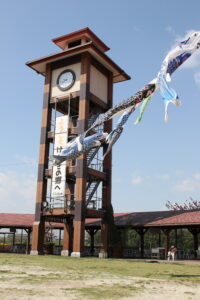
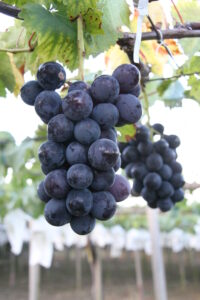
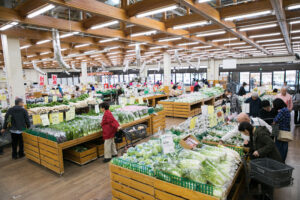

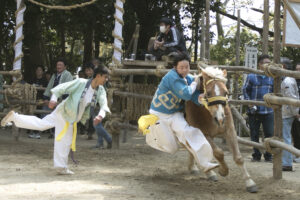
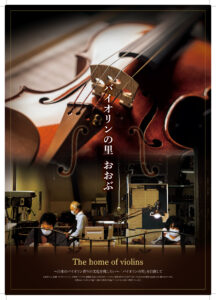





 From the 3rd to the 13th of December, eight selected swimmers from the Fukuoka Swimming Association visited NSW, where they participated in joint training sessions with a local school and competed in the 2024-25 Speedo NSW Senior State Age Championships.
From the 3rd to the 13th of December, eight selected swimmers from the Fukuoka Swimming Association visited NSW, where they participated in joint training sessions with a local school and competed in the 2024-25 Speedo NSW Senior State Age Championships.

